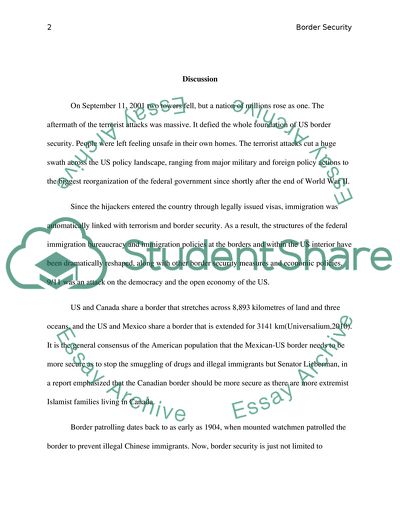Cite this document
(“Securing the US Border Term Paper Example | Topics and Well Written Essays - 2500 words”, n.d.)
Securing the US Border Term Paper Example | Topics and Well Written Essays - 2500 words. Retrieved from https://studentshare.org/politics/1590993-securing-the-border-final-cj453
Securing the US Border Term Paper Example | Topics and Well Written Essays - 2500 words. Retrieved from https://studentshare.org/politics/1590993-securing-the-border-final-cj453
(Securing the US Border Term Paper Example | Topics and Well Written Essays - 2500 Words)
Securing the US Border Term Paper Example | Topics and Well Written Essays - 2500 Words. https://studentshare.org/politics/1590993-securing-the-border-final-cj453.
Securing the US Border Term Paper Example | Topics and Well Written Essays - 2500 Words. https://studentshare.org/politics/1590993-securing-the-border-final-cj453.
“Securing the US Border Term Paper Example | Topics and Well Written Essays - 2500 Words”, n.d. https://studentshare.org/politics/1590993-securing-the-border-final-cj453.


